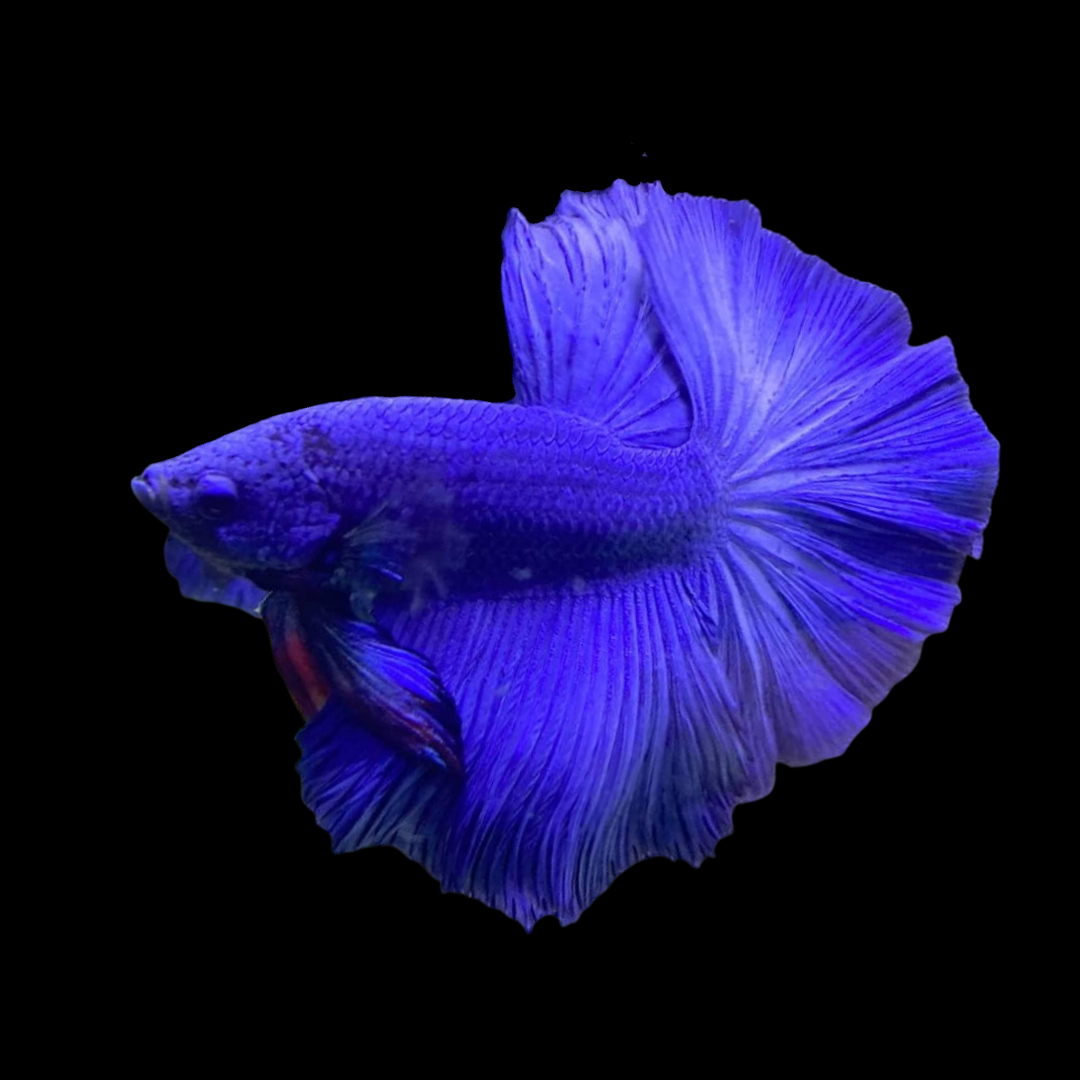Just How to Reproduce Betta Fish Effectively: Specialist Methods and Insights for Hobbyists Looking to Increase Their Betta Collection
Reproducing Betta fish calls for a nuanced understanding of genes and environmental problems, making it vital for hobbyists to come close to the process with both persistance and care. Producing an ideal breeding setting, choosing the right pairs, and observing the intricacies of their courtship habits are foundational actions that can dramatically influence the result.
Recognizing Betta Fish Genetics
Recognizing the genetics of Betta fish is vital for effective reproduction, as it influences traits such as shade, fin form, and actions. Betta fish show a diverse range of colors and patterns, greatly determined by their genetic make-up. The main genes responsible for pigmentation include the "B" gene for blue, "D" genetics for red, and the "C" gene for color intensity. Breeders can control these traits by selecting specific parent fish that show wanted qualities.
Along with pigmentation, fin morphology is one more substantial facet of Betta genes (betta fish). The shape and size of fins are affected by numerous genes, including those that determine whether the fins are short, long, or veil-shaped. Recognizing these hereditary variants assists breeders forecast the phenotypic outcomes of their children
In addition, behavioral characteristics such as aggressiveness and territoriality can likewise be affected by genetics. These habits play an important duty in the reproducing procedure, as they can impact spawning success and the overall temperament of the resulting fry. By adequately understanding these genetic principles, dog breeders can make informed choices, eventually enhancing their breeding programs and accomplishing desirable results.
Preparing the Breeding Atmosphere
Creating an optimal breeding environment is important for the effective recreation of Betta fish. The very first step in preparing this atmosphere is to pick a proper reproduction tank, preferably varying from 5 to 10 gallons.
Next, take into consideration the usage of a sponge filter or an air rock to offer gentle water blood circulation without producing solid currents that can stress the fish. It is essential to install plants or breeding cones to supply concealing spots and advertise convenience for the female throughout the spawning procedure. Drifting plants, such as Java moss or water sprite, can also create a more natural surroundings while facilitating bubble nest structure by the man.
Before presenting the breeding sets, guarantee the water is conditioned and totally free from damaging chemicals, such as chlorine or hefty steels. betta fish. Routine water modifications should be performed to keep optimal water top quality, improving the chances of successful reproduction. With these preparations in position, the breeding environment will support the health and wellness and health of both Betta fish
Choosing Reproduction Pairs
Picking the appropriate reproduction pairs is critical for attaining successful Betta fish reproduction. Healthy and balanced Betta fish show lively colors, clear eyes, and active habits.
Personality is one more crucial consideration, as Betta fish are understood for their hostile nature. It is recommended to pick a male and lady that display suitable temperaments to decrease stress throughout the reproducing procedure. A calm man can encourage a smoother courtship, while a female that is as well hostile might disrupt the linked here process.
Genetic background also plays a substantial duty in the high quality of the spawn. Breeding fish that are genetically diverse can lower the danger of genetic wellness concerns and boost the total vitality of the fry. It is helpful to look into the family tree of both the man and lady, concentrating on desirable characteristics such as fin type, color scheme, and size.
The Reproduction Process
The reproduction process of Betta fish needs mindful planning and attention to detail to guarantee an effective result. It is important to prepare a suitable reproduction container, ideally a 5-10 gallon aquarium with a temperature kept at 78-80 ° F. The storage tank must be geared up with a heater, filter (preferably sponge kind to prevent strong currents), and a lot of aquatic plants for the woman to hide.
When the setting is established, present the picked reproducing set to the storage tank, allowing them to adjust. Observe their habits; the man will certainly show intricate courtship routines, consisting of flaring his fins and constructing a bubble nest. If the female shows passion, she will show vertical red stripes indicating preparedness for spawning.
When the lady is receptive, both will participate in a mating embrace, throughout which the male feeds the eggs. It is important to monitor their interactions carefully, as the male may become aggressive. After generating, remove the woman to avoid potential harm. The man will have a tendency to the eggs, which normally hatch out within 24-36 hours. Preserving optimal water conditions throughout this period is necessary for the growth of healthy Betta fry.
Taking Care Of Betta Fry

Feeding Betta fry is crucial, as they call for a diet plan high over at this website in protein. They can be fed infusoria or fluid fry food, transitioning to carefully smashed top notch pellets as they expand. Feed small sections several times a day to motivate healthy growth without straining the storage tank with leftover food.

As they mature, monitor their growth carefully and separate any type of aggressive individuals to stop damage. By giving a supporting setting and proper nourishment, hobbyists can successfully raise Betta fry right into lively, healthy and balanced fish, ultimately enhancing their breeding endeavors.
Verdict
Successful Betta fish reproduction needs careful focus to genetic choice, environmental conditions, and care for the fry. By comprehending the genetics of Betta internet fish and preparing an ideal breeding setting, enthusiasts can improve the chances of producing vivid, healthy spawn.